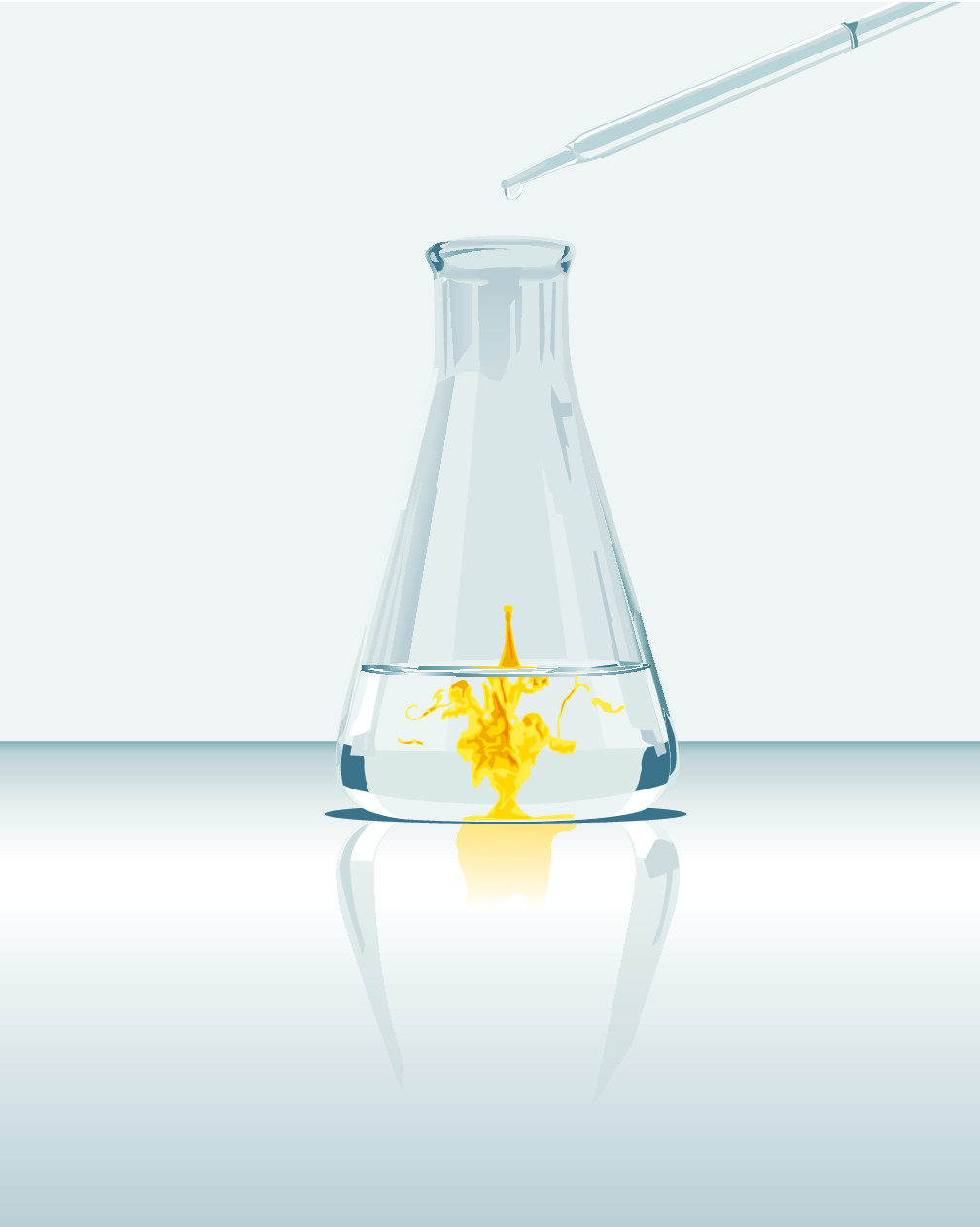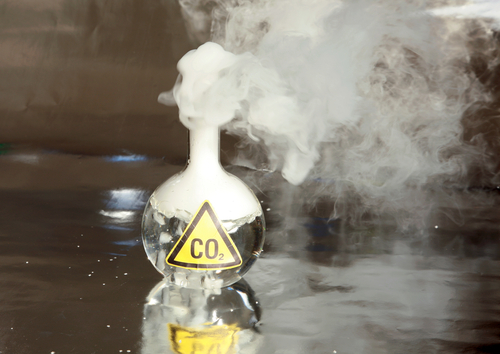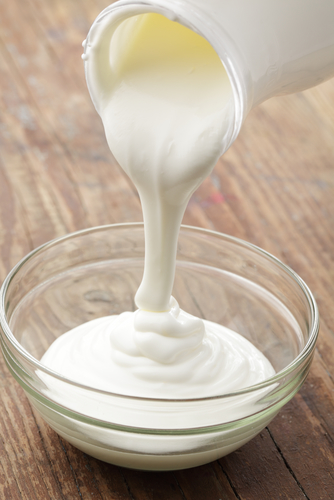When a chemical reaction takes place, there are several changes that may occur. These visible changes are called the indicators of a chemical reaction. There are several indicators of reaction:
Colour Change

A change in colour is a sign of a chemical reaction. For example, frying an egg is a chemical reaction with a colour change - colourless to white.
Gas Given Off

During a chemical reaction, a gas can be produced. This can be seen by bubbles forming in the reaction or by a coloured gas being produced (such as smoke).
Solid Formed

If two solutions are mixed and a solid is formed, this is called a precipitate. A precipitate is an insoluble solid formed by reacting two liquids. For example, when milk goes very sour, a solid is formed.
Temperature Change

An energy change involves a change in temperature (either up or down). For example, the burning of a match involves a release of both heat and light.
The indicators of chemical reactions shown here all involve a chemical change - for example, the burning of a match. Chemical changes are not reversible, which means once they have happened, you cannot get the starting substances back again.
These are different to physical changes.
A physical change is a change in state (eg, from liquid to solid when something freezes).
Physical changes are reversible (such as boiling water) which means we always end up with the same substance we started with (water in this example), but sometimes in a different state (liquid to gas).
It's easy to confuse those with a chemical reaction, which always ends up with new substances, so watch out!
Remember that, in a chemical reaction, one or more new substances are always produced!
.jpg)
Let's make a start on those questions.








